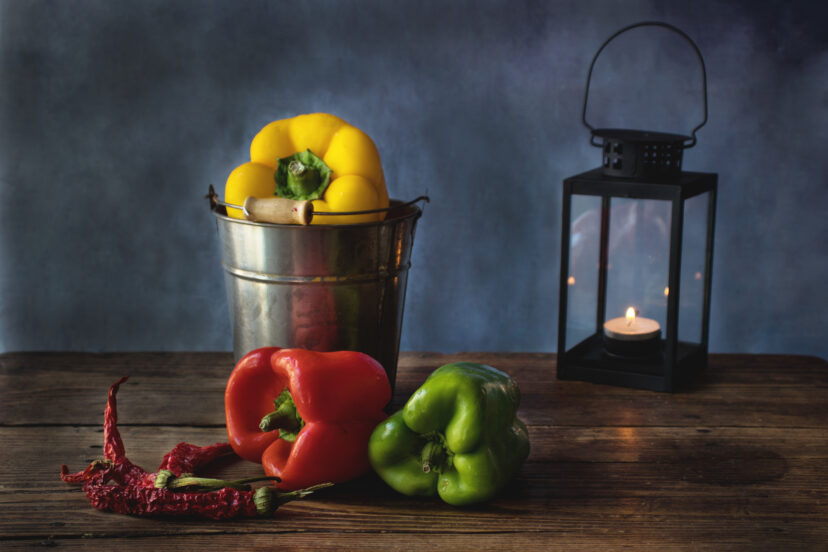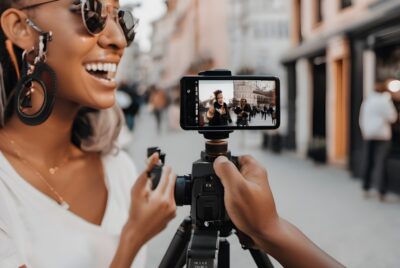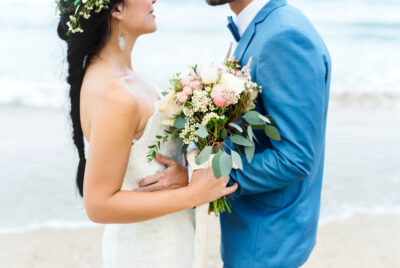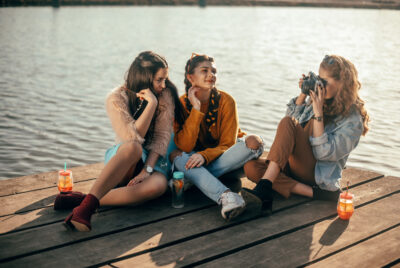Still Life Photography: Capturing Stories Through Objects
When I first got into photography, I stumbled across still life without even realizing it. A bowl of fruit, a vase by the window—simple, quiet subjects that somehow spoke volumes. Still life photography might not have the hustle of street photography or the glamour of fashion, but trust me, it can be just as powerful. It’s a genre that lets you tell stories using objects—carefully arranged and beautifully lit.
Let’s dive into everything you need to know to start or improve your still life photography journey.
What is Still Life Photography?
A Brief History of Still Life in Art and Photography
Still life has deep roots in painting. Think 17th-century Dutch masterpieces filled with fruit, flowers, and symbols. Photography adopted the genre soon after cameras were invented, focusing on detail and composition.
Modern Still Life and Its Creative Freedom
Today, still life spans product photography, conceptual art, and everything in between. The best part? There are no strict rules—you can stage a story with anything from kitchen utensils to vintage records.
>>> Today’s deals for cameras on Amazon CLICK HERE <<<
Why Choose Still Life Photography?
Complete Control Over Composition
Still life is a playground for learning and creativity. You control the subject, lighting, framing—everything. No unpredictable models or weather.
Perfect for Learning Light and Texture
Still life scenes are ideal for mastering lighting and shadows. Want to understand how light bounces, how textures react to different angles? This is your classroom.
Essential Gear for Still Life Photography
Cameras and Lenses
You don’t need the fanciest gear. A DSLR or mirrorless camera with a standard 50mm or macro lens works wonders. Sharpness and detail matter here.
Tripods, Backdrops, and Reflectors
A sturdy tripod is a must. You’ll often work with long exposures. Use backdrops (paper, fabric, wood) to set the mood. Reflectors help soften or bounce light exactly where you want it.
Setting Up Your Still Life Scene
Choosing a Theme or Subject
Start with a concept. Maybe it’s morning coffee vibes, vintage nostalgia, or simply color harmony. A clear theme helps guide your object choices.
Arranging Your Composition
Think about the rule of thirds, leading lines, and symmetry. Don’t just plop items down—arrange with intention. Take a step back, adjust, and try again.
Using Color, Shape, and Texture
These three elements make or break your shot. Mix soft and rough textures. Use complementary or analogous colors. Vary shapes for balance and intrigue.
Lighting Techniques for Still Life
Natural Light vs Artificial Light
Natural window light is a great starting point—soft and diffused. But if you shoot at night or want full control, use continuous lights or strobes with softboxes.
Using Shadows Creatively
Shadows aren’t enemies—they’re part of the story. Try side lighting for drama, backlighting for glow, or experiment with hard shadows for mood.
>>> Today’s deals for cameras on Amazon CLICK HERE <<<
Camera Settings and Shooting Tips
Aperture, ISO, and Shutter Speed
Use smaller apertures (f/8–f/16) for depth and sharpness. Keep ISO low for clean images. Shutter speed? Slower is okay when using a tripod.
Manual Focus for Precision
Autofocus can struggle with fine objects. Switch to manual and zoom in (live view) to get that perfect focus.
Post-Processing Your Still Life Images
Basic Edits: Exposure, Contrast, and Color
Start with white balance and exposure. Adjust contrast to make textures pop. Use the HSL panel to tweak individual colors.
Advanced Retouching and Stylization
Clone out dust, adjust shadows/highlights, or go for a moody edit. Try split toning or matte effects to stylize your shots.
Creative Ideas to Try
Minimalist Compositions
One object, clean background, striking lighting. Less is more.
Vintage or Rustic Themes
Use props like old books, worn fabric, and antique kitchenware. Earthy tones and natural light work best.
Everyday Objects with a Twist
Make the mundane magical—arrange spoons like sculpture or shoot melting ice cubes on black glass.
Common Challenges and How to Fix Them
Flat or Boring Images
Change your angle. Add depth with layering. Use colored gels or dynamic props.
Lighting Issues
Too harsh? Diffuse it. Too flat? Add directional light. Experiment until it feels right.
Inspiration from Famous Still Life Photographers
Contemporary Artists to Follow
Check out Sharon Core and Paulette Tavormina. They blend classical inspiration with modern execution.
Classics Who Defined the Genre
Irving Penn and Josef Sudek mastered still life with elegance and restraint. Studying their work is like taking a masterclass.
Conclusion
Still life photography lets you be both director and artist. You can spend hours tweaking a single scene—and love every second of it. Whether you’re just starting or looking to refine your eye, this genre gives you the tools to create timeless visual stories. So grab some objects, set up near a window, and let your creativity do the rest.
>>> Today’s deals for cameras on Amazon CLICK HERE <<<
FAQs
1. Can I shoot still life with a smartphone?
Absolutely! Use natural light, a stable surface, and a third-party camera app to control settings.
2. What’s the best time of day for natural light?
Late morning or early afternoon with soft, indirect light. North-facing windows are golden.
3. How do I make my still life photos more interesting?
Think in layers—foreground, midground, background. Add storytelling elements.
4. Do I need a studio?
Not at all. A small corner with good light, some DIY props, and a bit of creativity is all you need.
5. What’s the biggest beginner mistake?
Ignoring composition. Be intentional. Plan your shot, don’t just shoot and hope.
Further reading
Check out our other relevant articles:
Art of Portrait Photography: Master Techniques for Stunning Shots
Here are two authoritative resources offering educational guidance on still life photography:
-
Still Life Photography: The Ultimate Guide (+ 9 Tips)
This comprehensive guide from Digital Photography School provides practical advice on lighting, composition, and editing techniques to enhance your still life photography skills.Digital Photography School -
The Ultimate Guide to Still Life Photography – Adorama
Adorama’s detailed article covers essential tips for still life photography, including subject selection, composition strategies, and post-processing recommendations to create compelling images.
These resources offer valuable insights to help you master the art of still life photography.





Comments are closed.